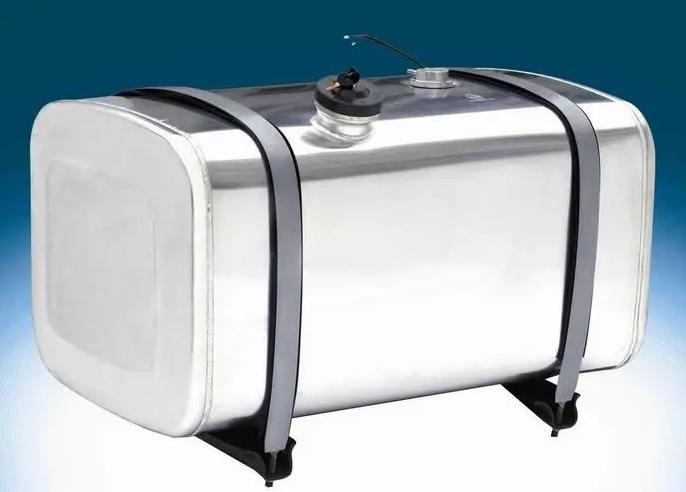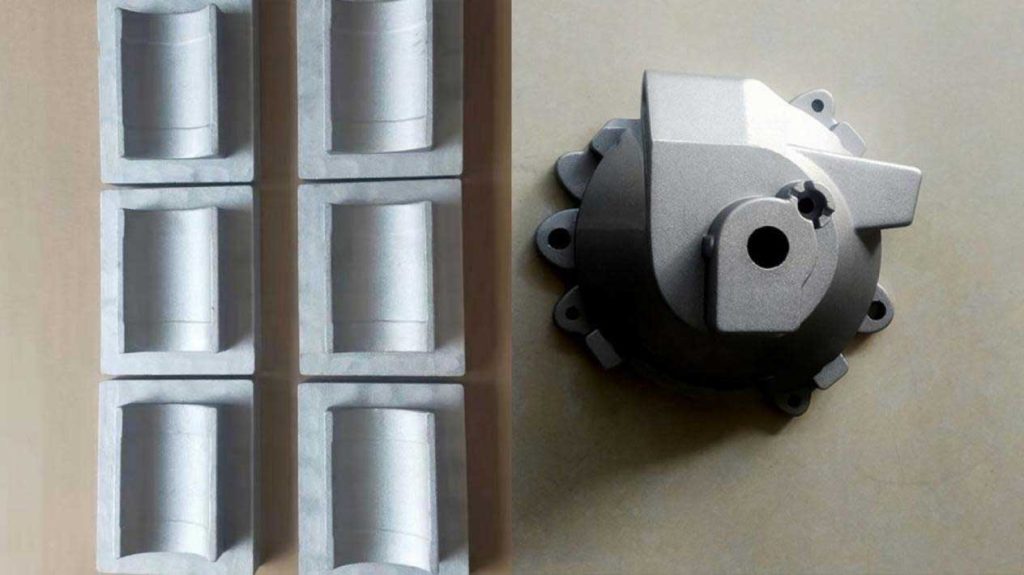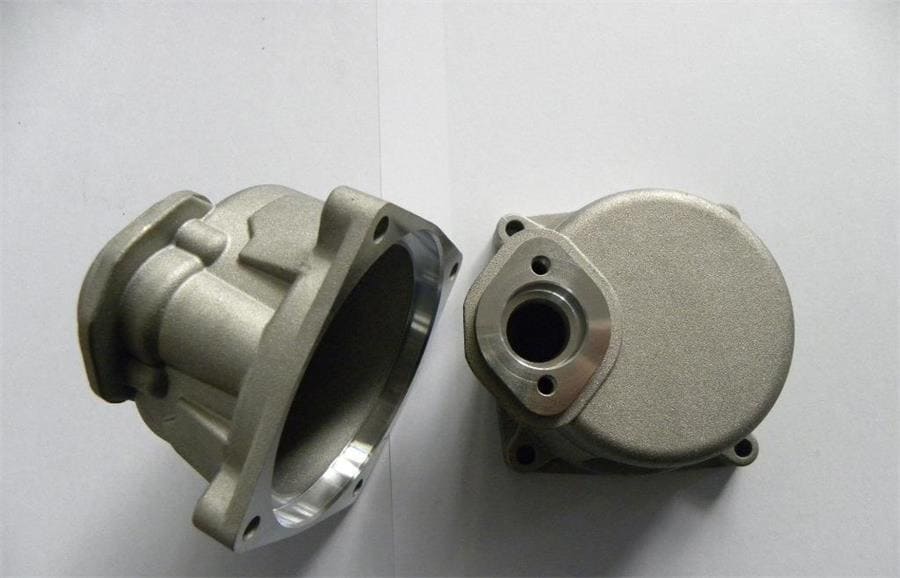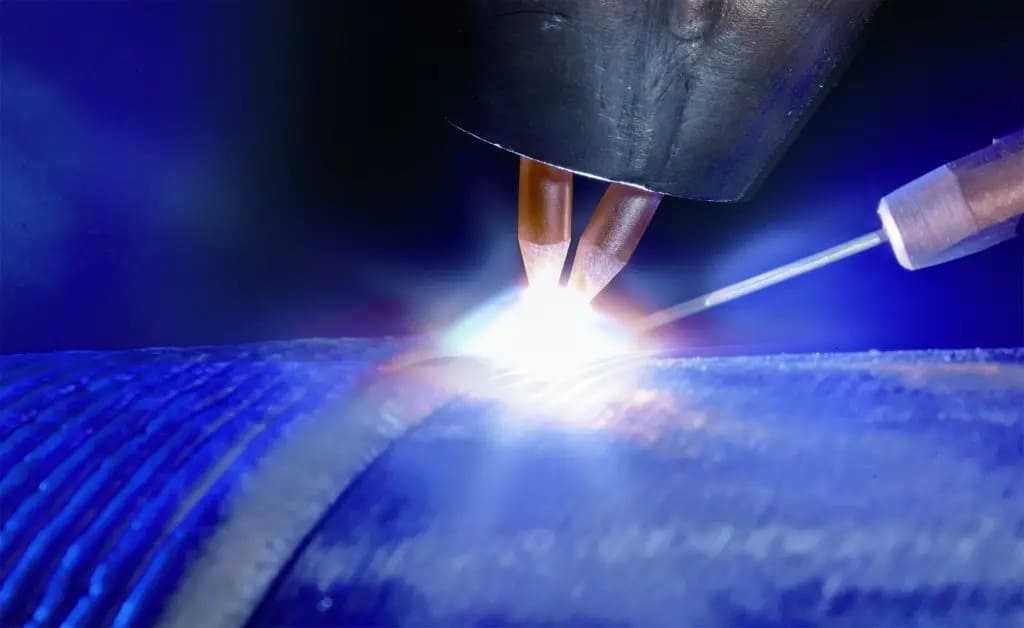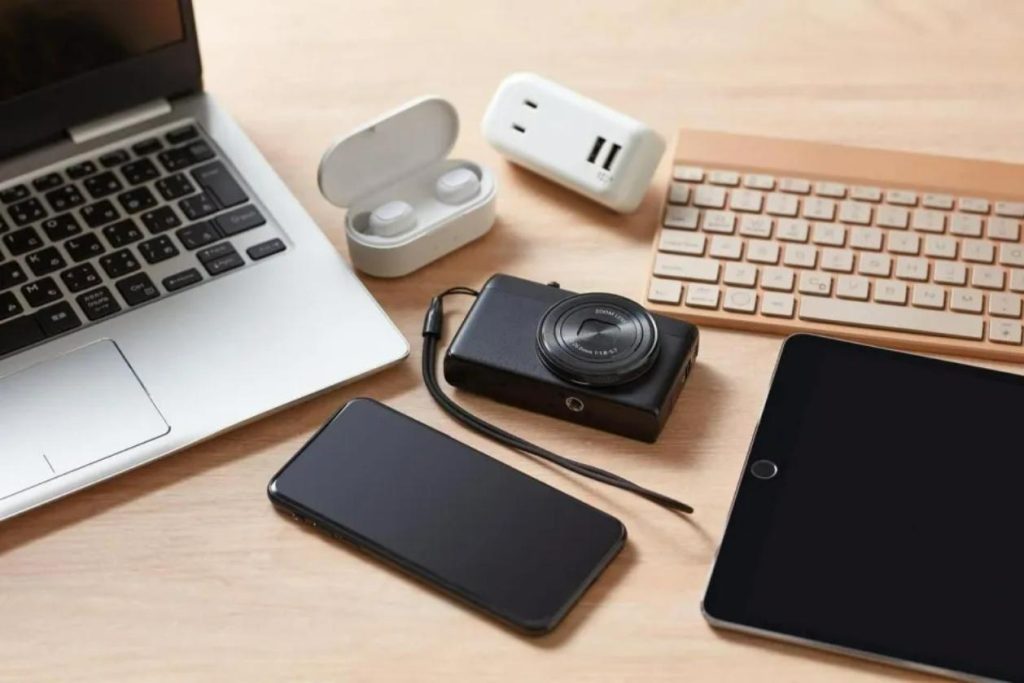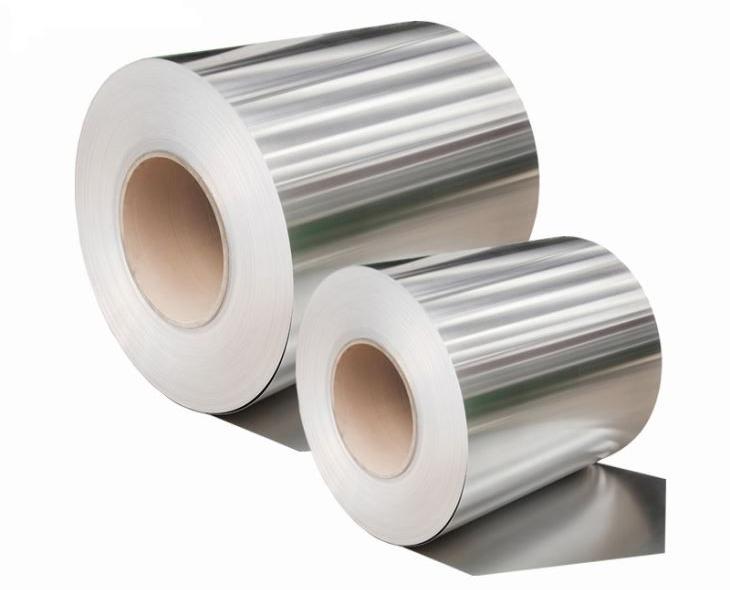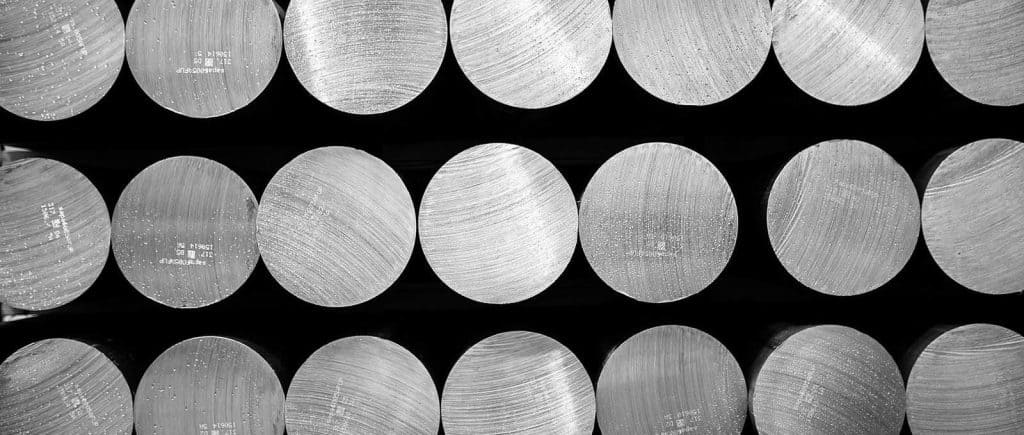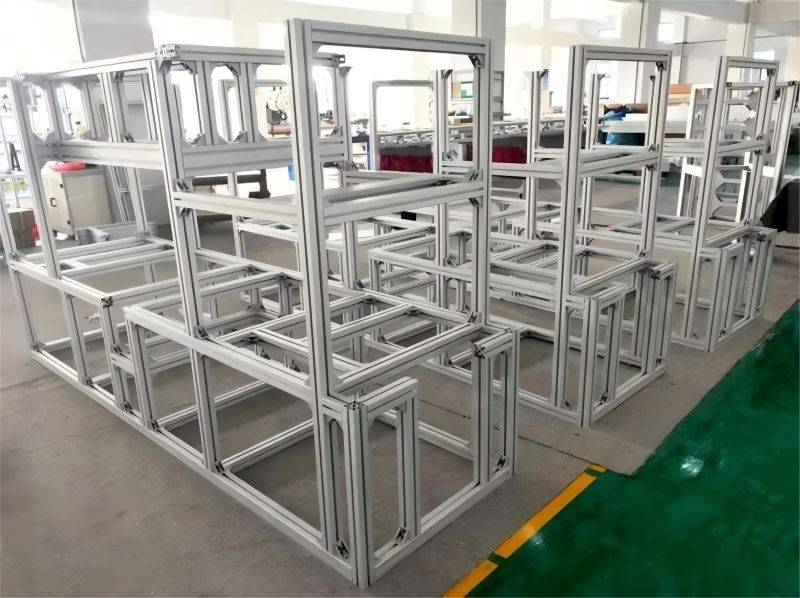Heat treatment is one of the critical links for aluminum alloy and other metal processing industries that determine the performance of aluminum alloy products. However, in the actual production process, some enterprises and production personnel have many cognitive misunderstandings, which have brought many hidden dangers to the stability and safety of metal processing products.
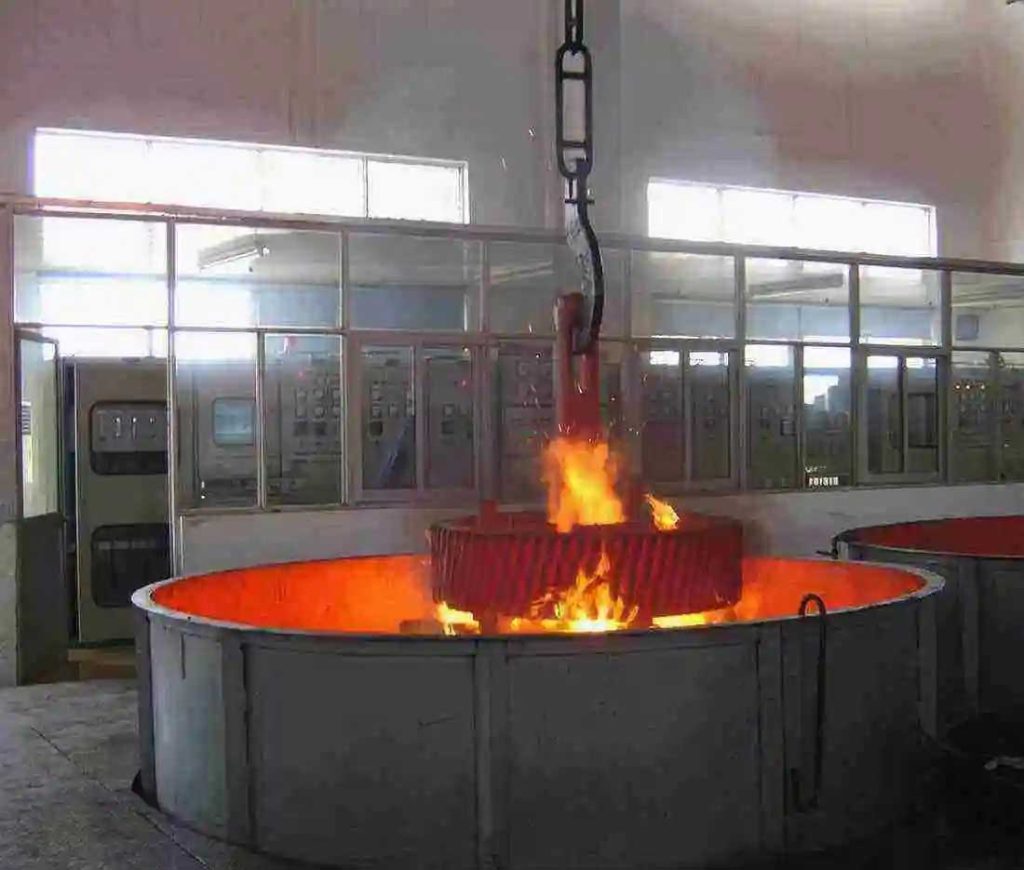
Today, let’s talk about the misunderstandings of heat treatment that we often encounter in actual production. You can see if you have avoided these problems.
1. The heat treatment hardness HRC of my aluminum alloy product can only be 60HRC, 59, or 61HRC, I can’t accept it?
We often encounter that the hardness value of entrusted heat treatment products can only be at a certain value, and there can be no deviation! For example, if the hardness of heat treatment is required to reach 60HRC, if you reach 59HRC or 61HRC after heat treatment, it will be regarded as an unqualified product.
But you must know that the allowable deviation of the Rockwell hardness machine is still 1HRC! If you explain the reason for heat treatment to the customer, he (she) will put on a “face of God”: Do you want to be my heat treatment product?
Due to market competition, heat treatment manufacturers have to bite the bullet. As for whether heat treatment manufacturers can guarantee the completion of quality? We need to put a question mark.
2. Why can’t you heat to quench the aluminum alloy after it has been annealed for a week?
Some manufacturers claim to have the secret to improving the service life of the mold! What is his secret?
To find out, it is required that the heat treater cannot immediately perform quenching and tempering after annealing. Molds must be left at room temperature for a week between annealing and quenching! Say yes: release annealing stress!
3. The product size processing has been completed, and the heat treatment is required to ensure no deformation?
To save product processing costs, some people finish processing all sizes before heat treatment and then go to heat treatment, quenching, and tempering.
The heat treater is required to ensure that there is no deformation during the heat treatment process, or only the deformation is allowed to be within the tolerance zone value of the last cold working!
But the process of heat treatment is essentially a stage of tissue deformation, and the accumulation of microscopic deformation, who can guarantee that it will not manifest as dimensional deformation on the macroscopic level? To save his own expense, it is incorrect to pass the problem on to the heat treater.
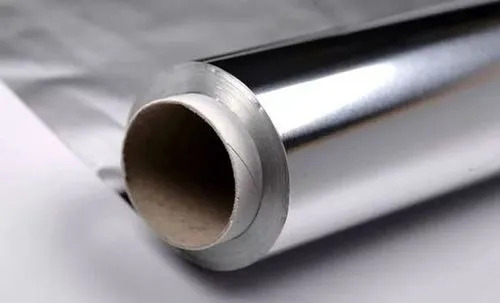
4. The lower the hardness of the aluminum alloy, the better the extrusion deformation, and the easier it is?
People’s direct thinking is: that the lower the hardness, the easier it is to be squeezed and deformed. In the extrusion process of steel, the spheroidized state of pearlite has the highest deformability.
However, the hardness of this structured state is generally higher than that of flaky pearlite, so the original structure of the extruded part is required to be the technical requirement of the pearlite spheroidized structure, and the flaky pearlite structure with the lowest hardness cannot be used.
5. Do forging dies have high requirements for the hardness of aluminum alloys?
Among users who use hot forging dies, many people like to put forward high hardness requirements, even 52-55HRC. This notion is wrong.
The reason for this phenomenon should be that some non-standard heat treatment enterprises or a “master” did not really quench the forging die according to the service conditions of the forging die when they did the external heat treatment business of the forging die, but lowered the quenching temperature, Shorten the holding time and only meet the user’s hardness requirements.
This hardness value seems to conform to the standard (or specification) forging die hardness range. Since the red hardness is not considered, the tempering resistance of the forging die is poor during use, and the hardness will soon decrease. When the forging die was re-tested, it was found that the heat treatment hardness of the forging die was not high.
In this regard, some people may think that the hardness requirements are increased in the next heat treatment, and it turns out that the forging die with increased hardness has a longer life than the forging die with the hardness value selected according to the standard and specification last time, so he is very happy: the original increase in hardness can solve this problem.
But how could he know that it was the incompetent heat treatment level of the heat treatment manufacturer or “master” that caused the hardness beyond the standard and the mystery of long life? As a result, this problem is misrepresented, and the hardness value of the technical requirements of hot forging dies is getting higher and higher every day!
Hot forging dies with red hardness in the standard hardness range have a good life! It is not correct that forging dies require high hardness!
6. Are the surface wrinkles of aluminum alloy parts after heat treatment over-burned?
There are two methods for judging whether the aluminum alloy parts are over-burned during solution aging after solution aging treatment: the metallographic method and surface state color method. According to the color and state of the surface of the workpiece, it is convenient for timely treatment on-site to judge whether it is overheated during heat treatment, but it requires rich experience. The metallographic method is accurate, but it requires dissection of the real object, which is a destructive detection and judgment, which is prone to waste.
Judging according to the color and state of the workpiece surface:
①The surface of the piece is dark gray;
②There are small bubbles on the surface of the workpiece;
③ Cracks appear, and the crack fracture is rough.
In one of the above situations, there is a possibility of overburning. This is only observed on workpieces after heat treatment. When the solution-aged parts have been processed and observed again, it is found that there are abnormal phenomena on the surface of the aluminum alloy workpiece—roughness, deformation, wrinkles, etc., which cannot be simply considered to be overheated by heat treatment.
Since the strength of aluminum alloys is still low compared to ferrous metals, it is necessary to analyze the role and influence of subsequent processes. In particular, the subsequent polishing and sandblasting, the impact on the surface cannot be ignored. When the “water surface ripple” type wrinkles appear locally on the workpiece, it cannot be judged that the heat treatment is over-burned, but the sandblasting pressure is too high or the sandblasting time is too long, which is the cause of the deformation layer formed on the surface of the aluminum alloy.
This “water surface ripple” type wrinkle does not have the characteristics of aluminum alloy overburning but has the characteristics of plastic deformation caused by the impact on the surface. At this time, it should be judged as a sandblasting defect!
7. The size of the forged parts is acceptable, so the heat treatment quality problem has nothing to do with my forging?
The forging process is to eliminate material defects, improve the structure and improve the material properties. Save the amount of mechanical cutting and improve the utilization rate of materials.
However, today’s forgers have completely forgotten about “eliminating material defects and improving microstructure”, only ensuring the accuracy of forging dimensions, and completely disregarding the requirements for improving material properties.
What is even more amazing is that some materials through the forging process do not improve the performance of material, but spoil the performance material. Forgers indiscriminately use the method of forging waste heat annealing, which results in the formation of a severe network of carbides in the material.
Because the heating temperature of material forging is much higher than that of heat treatment and quenching, the “serious network carbide structure” has tissue inheritance, which has serious consequences for product quality.
The above are the 7 questions and answers for the heat treatment of aluminum profiles such as aluminum sheets, aluminum coils, etc. that we have sorted out. I hope this can be helpful to you.









